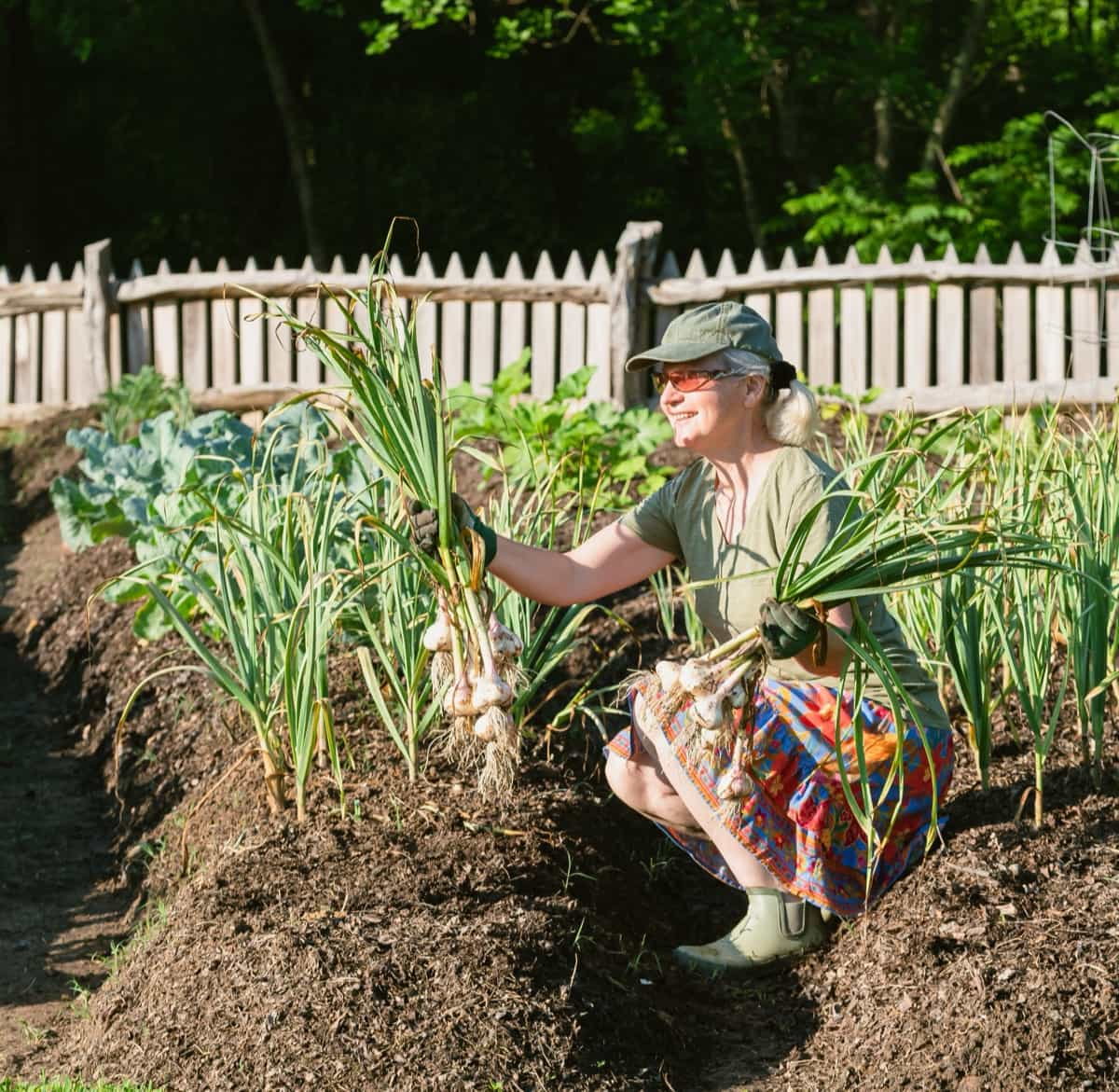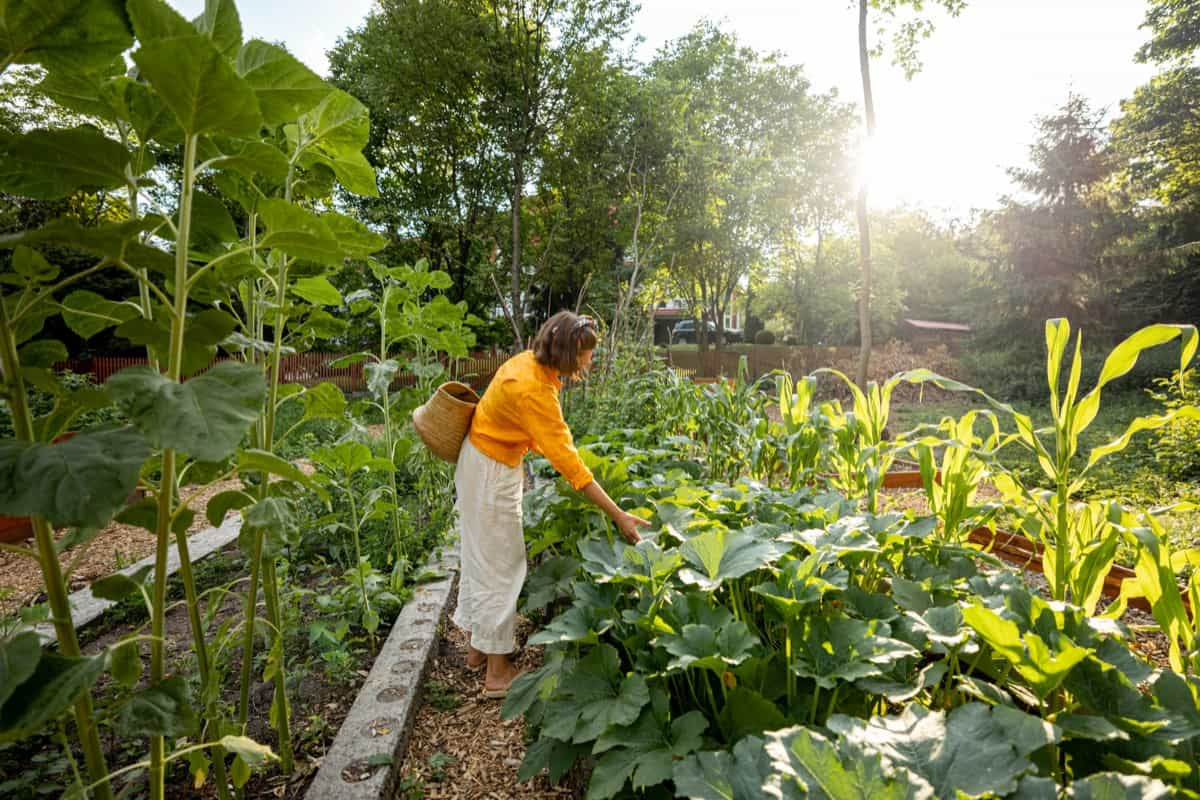A well-organized garden not only looks visually appealing but also contributes to your overall sense of peace and relaxation. It provides a conducive environment for plants to thrive without competing for space, sunlight, or nutrients. It also allows you to access tools and supplies easily when needed, making gardening tasks more efficient.

The Benefits of a Well-Organized Garden
A neat garden not only looks visually appealing but also promotes a sense of calmness and harmony in your outdoor sanctuary. By keeping your garden clutter-free, you create an environment where plants can thrive without competing for space or resources. You’ll have more time to relax and enjoy the beauty of your surroundings. A well-organized garden is not just aesthetically pleasing; it also enhances functionality.
Assessing Your Garden Space: Identifying Clutter Zones
Take a stroll around your garden and identify areas that seem cluttered. Look for spots where tools are scattered, plants are overcrowded, or pathways are obstructed. Pay attention to corners that have become dumping grounds for unused pots or bags of soil. Take note of any overgrown shrubs or trees that may be encroaching on walkways or blocking natural light from reaching certain plants. By identifying these clutter zones early on, you can proactively address them in your garden design plan for a more streamlined and visually appealing outdoor space.
Planning and Designing a Streamlined Garden Layout
Start by mapping out garden areas and identifying areas that may be cluttered or underutilized. Consider how you can optimize the space to create clear pathways and designated planting zones. Think about incorporating geometric patterns or symmetrical arrangements to bring order and harmony to your garden design. Utilize hedges, borders, or pathways to define different sections of your garden. Group similar plants together for visual impact and easy maintenance.
Choosing the Right Plants for a Neat and Tidy Garden
Choosing the right garden plants is crucial to maintaining an organized space. Opt for low-maintenance plants that won’t overpower or crowd your garden beds. Consider selecting compact varieties that grow vertically rather than sprawling outwards. Incorporate evergreen shrubs and perennials to provide structure and year-round interest without the need for constant replanting. Choose plants with similar care requirements to simplify maintenance tasks like watering and fertilizing. Select flowering plants strategically to add pops of color while maintaining a cohesive look throughout your garden.
In case you missed it: How to Grow Tomatoes Organically at Home: A Comprehensive Guide

Smart Storage Solutions for Garden Tools and Supplies
- Gardening tools and supplies can easily clutter up your garden space if not properly organized. To keep everything neat, consider smart storage solutions that maximize your available space.
- Investing in a sturdy tool shed or storage box can help protect your tools from the elements while keeping them out of sight when not in use. Hanging racks or hooks on the walls of your shed or garage are great for storing shovels, rakes, and other long-handled tools.
- Utilizing vertical space with pegboards or wall-mounted shelves is another efficient way to store smaller supplies without taking up valuable floor space.
Utilizing Vertical Space: Trellises, Shelves, and Wall Planters
By incorporating trellises, shelves, and wall planters into your garden design, you can maximize space and add visual interest. Trellises are perfect for climbing plants, creating a beautiful natural screen or boundary. Shelves provide a platform for potted plants or decorative items, adding layers to your garden design. Wall planters are great for growing herbs or small plants vertically, saving precious ground space. These vertical elements not only help keep your garden tidy but also create a sense of depth and dimension.
Implementing Raised Beds for a Clean and Organized Look
Raised beds are a fantastic solution to add structure and order to your garden space. By elevating the planting area, you create defined boundaries that help keep everything in its place. Plus, they provide excellent drainage for your plants, promoting healthy growth. Consider the materials carefully when implementing raised beds. Wood is an important choice for its natural look and durability.
Depending on your aesthetic preferences and climate conditions, you can also opt for metal or composite materials. The height of the raised bed is crucial so aim for a comfortable level that suits your gardening needs. Research various shapes and sizes to create an interesting design that complements the overall look of your outdoor space.
Mulching and Ground Covers: Keeping Garden Beds Tidy
Mulching and ground cover play a crucial role in maintaining the tidiness of garden beds. They add aesthetic appeal, help suppress weeds, and retain moisture in the soil. Organic materials like shredded leaves, bark chips, or compost are excellent choices for mulching as they break down over time, enriching the soil with nutrients.
In case you missed it: Where to Place Indoor Plants in Your Home

Ground covers not only provide a lush carpet-like appearance but also help smother out unwanted weeds. In addition to their practical benefits, mulching, and ground covers create a cohesive look in your garden beds by visually tying everything together. They act as natural barriers that define planting areas while keeping things neat.
Regular Maintenance: Pruning, Weeding, and Cleaning Tips
Regular maintenance is important to keeping your garden looking neat throughout the seasons. Start by regularly pruning dead or overgrown branches to promote healthy growth and clean appearance. Weeding is another essential task to prevent unwanted plants from taking over your garden beds.
Set aside time each week to pull out any weeds that have sprung up, ensuring they don’t compete with your chosen plants for nutrients and space. Cleaning up debris like fallen leaves, twigs, and plant clippings enhances the visual appeal of outdoor space and also prevents pests and diseases from lingering.
Creating Functional and Aesthetic Garden Paths and Borders
Start by finding the purpose of your garden paths – whether they are for walking, wheelbarrow access, or simply as a design element. Choose materials like gravel, stepping stones, or pavers that complement your overall garden style. Curved pathways can add visual interest and create a sense of flow in your garden space. Borders play a crucial role in defining different areas within your garden. Use low-maintenance plants or decorative edging materials to create distinct boundaries between flower beds, lawn areas, and walkways.
In case you missed it: How to Grow Tomatoes Organically at Home: A Comprehensive Guide

Mixing textures and colors can enhance the visual appeal of your paths and borders while also providing contrast to other elements in your garden design. A cluttered garden not only looks unappealing but can also hinder your ability to enjoy and maintain your outdoor space. By following the tips, you can transform your garden into a well-organized oasis that reflects your personality and style.
- Best Liquid Fertilizer for Flowering Plants
- How to Set Up an Efficient Watering System for Home Garden
- How to Mulch Tulip Bulbs: Expert Tips Best Tulip Blooms
- Common Problems with Potted Figs and How to Solve Them
- How to Prevent Flower Drops in Pomegranate Trees: Effective Tips
- How to Boost Ridge Gourd Flowering and Yield: A Beginner’s Guide
- Effective Pollination Techniques for Maximizing Gourds Yield
- Composting Techniques for Manure in Home Gardens
- A Step-by-Step Guide on Propagation Techniques for Jasmine Plants